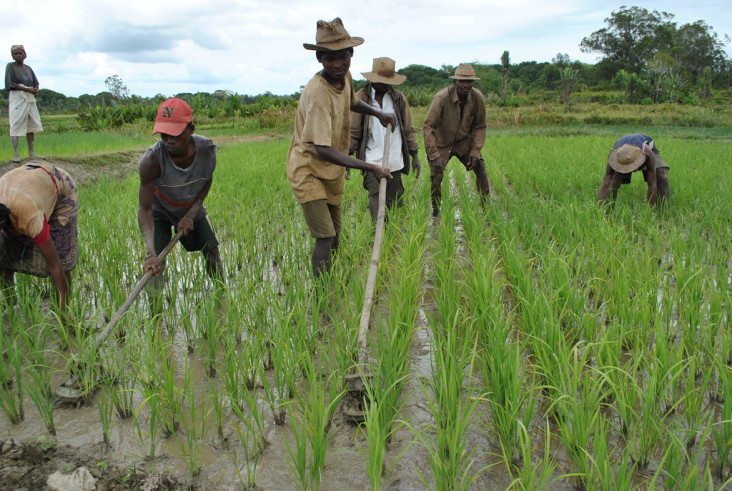
Our effort to work with more local organizations in country has been driven by governments who are demanding a much stronger role in setting priorities, developing strategies, evaluating programs and accounting for results. We will continue to explore more creative ways to help countries develop by building their knowledge and capacity, institutions, and systems, reducing their need for aid over time.
Goal: By 2015, our goal for building local sustainability and partnerships—known as implementation and procurement reform—is to invest approximately 30 percent of our global funds in local governments, businesses, and NGOs.
Our ultimate goal is not to meet a metric, but build the kind of capacity in developing countries that can lead to sustainable development.
Approach:
Increased partnership with local institutions does not mean we will tolerate corruption or inefficiency as a result. We conduct strict assessments and maintain strong checks against waste, fraud and abuse. And we have established new monitoring and evaluation policies to track the results delivered by our investments in local institutions. Specifically, we are:
- Strengthening partner country, local civil society and private sector capacity in order to improve results and reduce the need for aid over time.
- Increasing competition and broadening our partner base by increasing our investments in U.S.-based small and disadvantaged businesses and small NGOs.
- Maximizing the effectiveness of taxpayer funds by cutting red tape and refining some processes to strengthen results. This includes increasing the number of fixed-price contracts when appropriate, decreasing the use of risky procurement approaches, and harmonizing our efforts with other U.S. government agencies working in the same issue areas.
- Improving collaboration and partnership with other donors and organizations to increase efficiency, avoid duplication and strengthen results.
Results:
- In Senegal, we reduced the cost of building schools by 50 percent by shifting to a fixed-price reimbursement model with the local government, yielding taxpayer savings that could be put to better use.
- In Ethiopia, we partnered directly with an NGO that had been a subcontractor of ours for 12 years, helping them train 3,000 HIV/AIDS caregivers while building capacity in their organization.







Comment
Make a general inquiry or suggest an improvement.